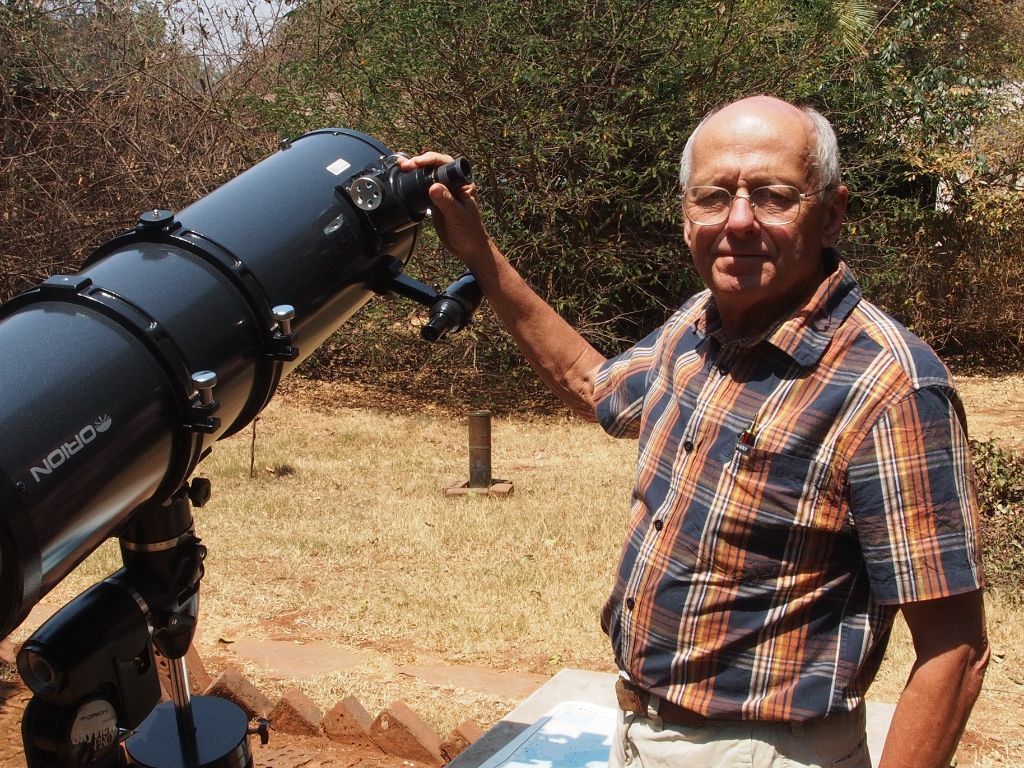
By Peter Morris of Astronomical Society of Harare
The night sky, even in our increasingly light-polluted city, is one of the great privileges of living in Zimbabwe. The rhythm of the stellar progression through the night and the dance of the planets across the constellations gives us a sense of harmony with the universe. The unaided Mark One Eyeball is all you need to enjoy the sky, although a pair of binoculars opens up more wonders.
The Astronomical Society of Harare holds monthly meetings where astronomical topics are explained and explored – no scientific knowledge is necessary, just an interest in getting to know the heavens above. These will be advertised on this site.
The Moon is waxing, getting fuller every night as it moves eastwards relative to the stars. The Whale Full Moon is on Tuesday 7 October, when it will rise at sunset and set at dawn. Thereafter, it will rise about an hour later each night. The Moon’s orbit around Earth is not quite circular and on 7th it will be near its closest to us, making it look a little bit bigger and thus a Supermoon.
In the evening, Mars is low down in the West after sunset. It is quite dim but recognisable by its red colour. Mercury will be visible in the western sky later this month. On 18th it will be next to Mars and it will reach its highest in the evening sky on 30th. Saturn rises in the East before sunset and is visible for most of the night. If you have a spotting scope or a small telescope, you will be able to see its rings. Jupiter rises after midnight and is high overhead by dawn. Binoculars will show its four brightest moons. Venus rises before dawn and is a brilliant object in the dawn twilight.
The Orionid meteor shower will peak before dawn on 21 October. It is notable because it is caused by the Earth in its orbit around the Sun intersecting dust left behind by Comet Halley.
Once the Moon is past full and not brightening the sky, if you are out of town, look straight up an hour after sunset. You will be looking into the densest part of the Milky Way in Sagittarius, where the centre of our galaxy lies. This is a sight that has never been seen by a third of people on Earth and four fifths of people in North America and Europe – because of light pollution.
Keep looking up, and I look forward to sharing some more of the sky with you in a month’s time.
